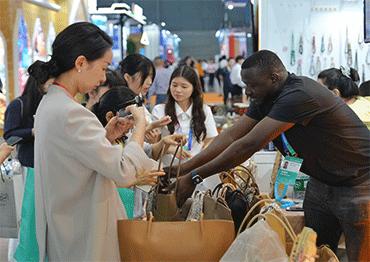Besides regional countries in the Pacific, China has deepened cooperation with partners under the Belt and Road Initiative (BRI). In May, the inaugural trilateral ASEAN-China-Gulf Cooperation Council (GCC) meeting was also held in Kuala Lumpur, which called for an accelerated free trade agreement between the three sides.
The Gulf nations council, comprising Bahrain, Kuwait, Oman, Qatar, Saudi Arabia and the United Arab Emirates, has long been tightly bound to the US through security and oil ties. But it is increasingly looking East for economic partnerships and is an active participant in China’s BRI, which has yielded significant dividends.
In June, the second China-Central Asia Summit was held in Astana, capital of Kazakhstan, with participants agreeing to deepen cooperation under the BRI, and particularly to accelerate progress in transcontinental land transportation and logistics infrastructure.
In April, construction on the Kyrgyzstan section of the China-Kyrgyzstan-Uzbekistan Railway broke ground, marking a major development in the landmark project that will greatly enhance infrastructure connectivity among the three countries.
In July, Chinese Premier Li Qiang attended the BRICS summit held in Brazil, calling on the bloc to become the vanguard in advancing global governance reform. During Li’s trip, China and Brazil signed numerous cooperation documents in fields including infrastructure, pharmaceuticals, new energy, artificial intelligence (AI) and development strategy alignment.
Brazil now faces the highest tariffs among countries that received a tariff letter from the Trump administration, which threatened to raise tariffs on Brazilian products to 50 percent from 10 percent on August 1.
China has also sought to improve ties with the European Union, which now faces a 30 percent tariff from the US on August 1. The two sides have conducted frequent diplomatic interactions in recent months. However, given the disputes regarding the Russia-Ukraine conflict, China’s rare earth export controls and the EU’s tariff on electronic vehicles remain thorny issues, it is unclear how far China-EU cooperation can go.
In response to European Commission President Ursula von der Leyen’s remarks that rebalancing the EU’s economic relations with China should be a priority, Mao Ning, a spokesperson from China’s Foreign Ministry called on the bloc to “form a more objective and rational perception of China, and pursue a more positive and pragmatic China policy.”
“We hope the EU realizes that what needs rebalancing at the moment is the EU’s mentality, not China-EU economic and trade relations,” Mao said.
By and large, China’s latest efforts to diversify away from the US market have paid off. While China’s goods trade with the US fell sharply by 9.3 percent in the first half of this year according to data released by the Chinese government, China’s total goods trade rose to 21.79 trillion yuan (US$3t), a 2.9 percent year-on-year increase.
China’s exports expanded to 13 trillion yuan (US$1.8t), a record high for the same period and a 7.2 percent year-on-year rise, despite a decline in imports. China also increased imports and exports with more than 190 countries and regions for the first half of the year. Trade with BRI countries increased by 4.7 percent and accounted for over half of China’s total foreign trade. More specifically, China’s exports to the EU, Africa, Central Asia and ASEAN increased by 3.5 percent, 14.4 percent, 13.8 percent and 14.3 percent respectively.

 Old Version
Old Version


